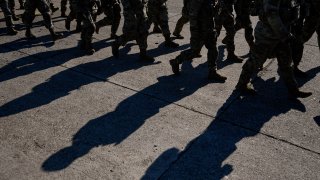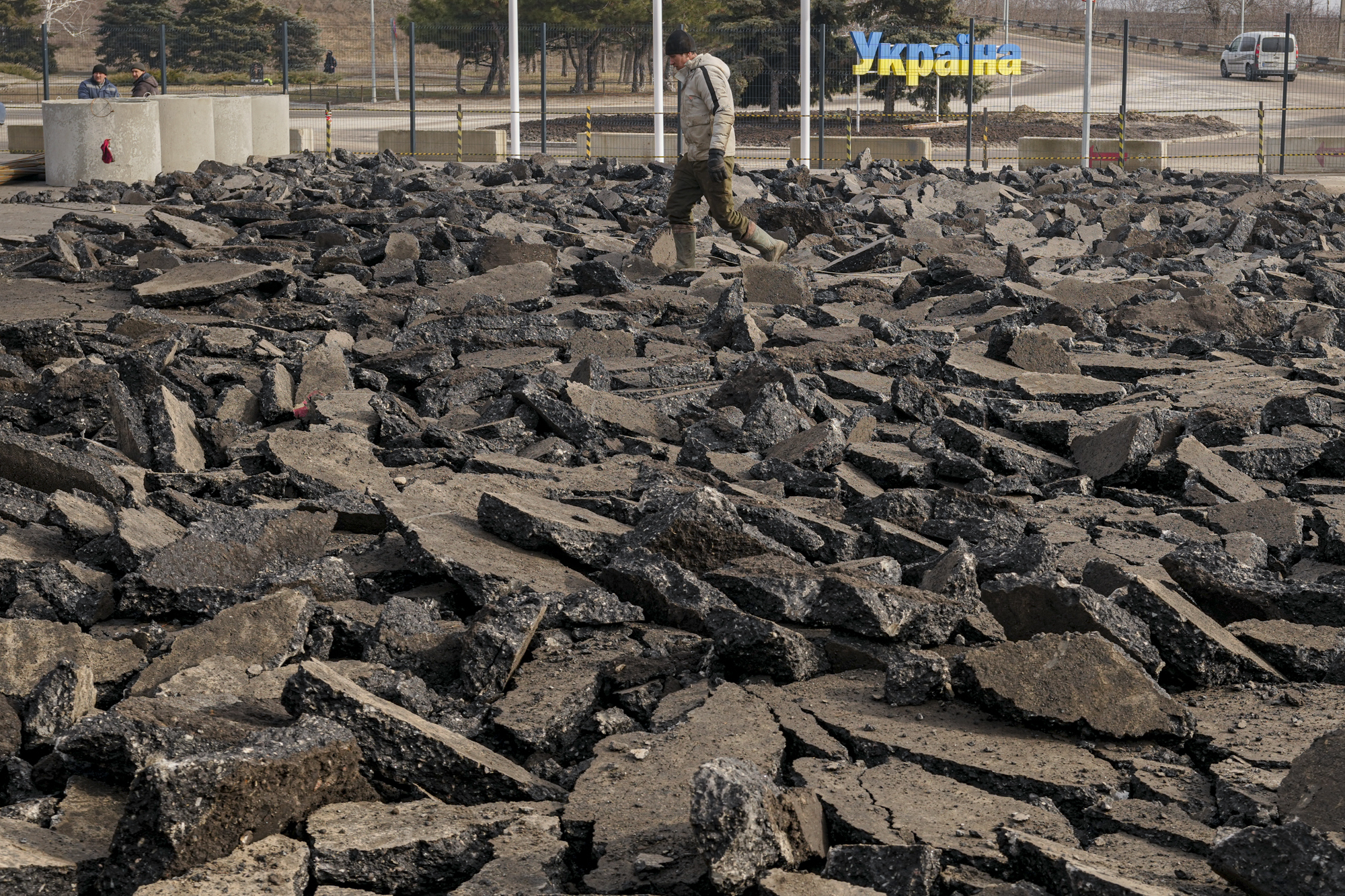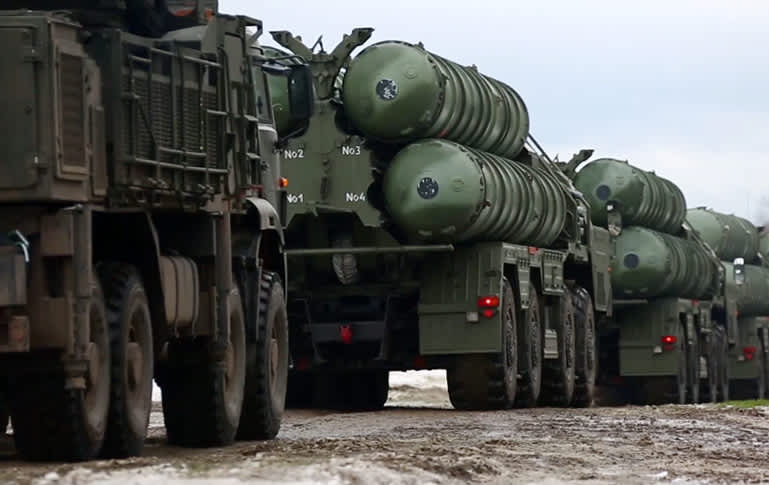
The chill of a Cold War hung over Eastern Europe again Friday, with Russian military maneuvers and drills close to Ukraine and the U.S. escalating its dire warnings about a possible Russian invasion of Ukraine, saying it could take place within days.
Diplomats and government leaders, meanwhile, struggled ever more to jumpstart moribund talks to stave off full-out war.
Here's a look at what is happening — where and why:
STARK WARNINGS FROM THE WHITE HOUSE
Get Tri-state area news and weather forecasts to your inbox. Sign up for NBC New York newsletters.
The White House said it still didn’t know if Russian President Vladimir Putin had made a decision to invade, but it said Putin has assembled all the elements to do so quickly and told Americans in Ukraine to leave within the next 48 hours.
Many analysts have believed that any invasion was unlikely to start until after the Winter Olympics in China end on Feb. 20.
The heightened U.S. rhetoric followed new intelligence that showed another increase in Russian troops near the Ukrainian border.
Russia-Ukraine Crisis Coverage:
“We can’t pinpoint the day at this point, and we can’t pinpoint the hour, but that is a very, very distinct possibility,” President Joe Biden’s national security adviser Jake Sullivan said.
In a demonstration of American commitment to NATO allies, the Pentagon is sending 3,000 more combat troops to Poland to join 1,700 already assembling there, a senior U.S. defense official said Friday. The official provided the information under ground rules set by the Pentagon.
The White House said Biden and Putin will discuss the crisis by phone on Saturday.
Several NATO allies, including Britain, Norway and Denmark, are also asking their citizens to leave Ukraine.
PREPPING AND POSTURING
In Romania's Black Sea port of Constanta, the rumble of U.S. heavy military materiel was breaking the dawn quiet, signs that reinforcements and 1,000 more troops were coming into an airbase there.
It was yet another indication that hardware was being beefed up around the strategic Black Sea where Russia, Ukraine and three NATO allies have bases.
“From here in the Black Sea region, all the way to the Baltic, allies are stepping up to reinforce NATO’s presence at this critical time,” NATO Secretary-General Jens Stoltenberg said from Constanta. Romania's neighbor Bulgaria will also welcome Spanish jets to increase the potent presence of the alliance.
In Black Sea waters, warships of Russia's Baltic and Northern fleets arrived in Sevastopol Bay on the Crimean Peninsula, which Russia annexed in 2014. The ships join several similar vessels that are part of Russia's Black Sea fleet, augmenting its amphibious landing capability.
Moscow has announced sweeping drills in the Black and Azov Seas in the coming days and closed large areas for commercial shipping, drawing a strong protest from Ukraine.
Off Ukraine's northern border, Russia and its ally Belarus are starting 10 days of war games, involving massive drills with live ammunition.
“There is a risk for a full-fledged invasion,” warned Stoltenberg, but he added other threats were lurking too, “including attempts to topple the government in Kyiv.”
TANKS TRUMP TALKS FOR NOW
Despite the flurry of flights crisscrossing Europe to bring leaders together around the tables of diplomacy over the past weeks, the results have been far less spectacular as both sides continue to wait to see who will blink first over the issue.
The only slightly positive news Friday seemed to come out of Moscow, where British Defense Secretary Ben Wallace said he had had a “constructive, frank” discussion with Russian counterpart Sergei Shoigu.
“I heard clearly from the Russian government that they had no intention of invading Ukraine,” Wallace told reporters in Moscow. He added: “We will judge that statement on the evidence."
Talks in Berlin between Ukraine and Russia, joined by France and Germany, at first held hope for some progress as they lasted into Friday morning, but at the end, nothing palpable emerged.
"Unfortunately, almost nine hours of talks have ended without any significant results," Russian deputy chief of staff Dmitry Kozak said. It remained unclear when and how the next attempt at a breakthrough would be made.
A 2015 peace deal brokered by France and Germany in a similar so-called Normandy format helped halt large-scale battles in eastern Ukraine between government forces and Russia-backed rebels, but regular skirmishes have continued. The Kremlin has accused Kyiv of sabotaging the agreement, and Ukrainian officials argued in recent weeks that implementing it would hurt their country.
Across the world in Melbourne, Australia, U.S. Secretary of State Antony Blinken was downbeat.
“We’ve made every possible effort to engage Russia, to look at the concerns that it’s raised, to share concerns that we have, that European partners and allies have,” he said. But the gap with Moscow remains yawning.
“Simply put, we continue to see very troubling signs of Russian escalation, including new forces arriving at the Ukrainian border. And as we said before, we’re in a window when an invasion could begin at any time," Blinken said.
Later Friday, Biden spoke to a number of European leaders to underscore the concerns raised by U.S. intelligence about the potential imminence of a Russian invasion. Sullivan said Western leaders were completely united and would respond harshly to a Russian invasion with devastating economic and trade sanctions.



